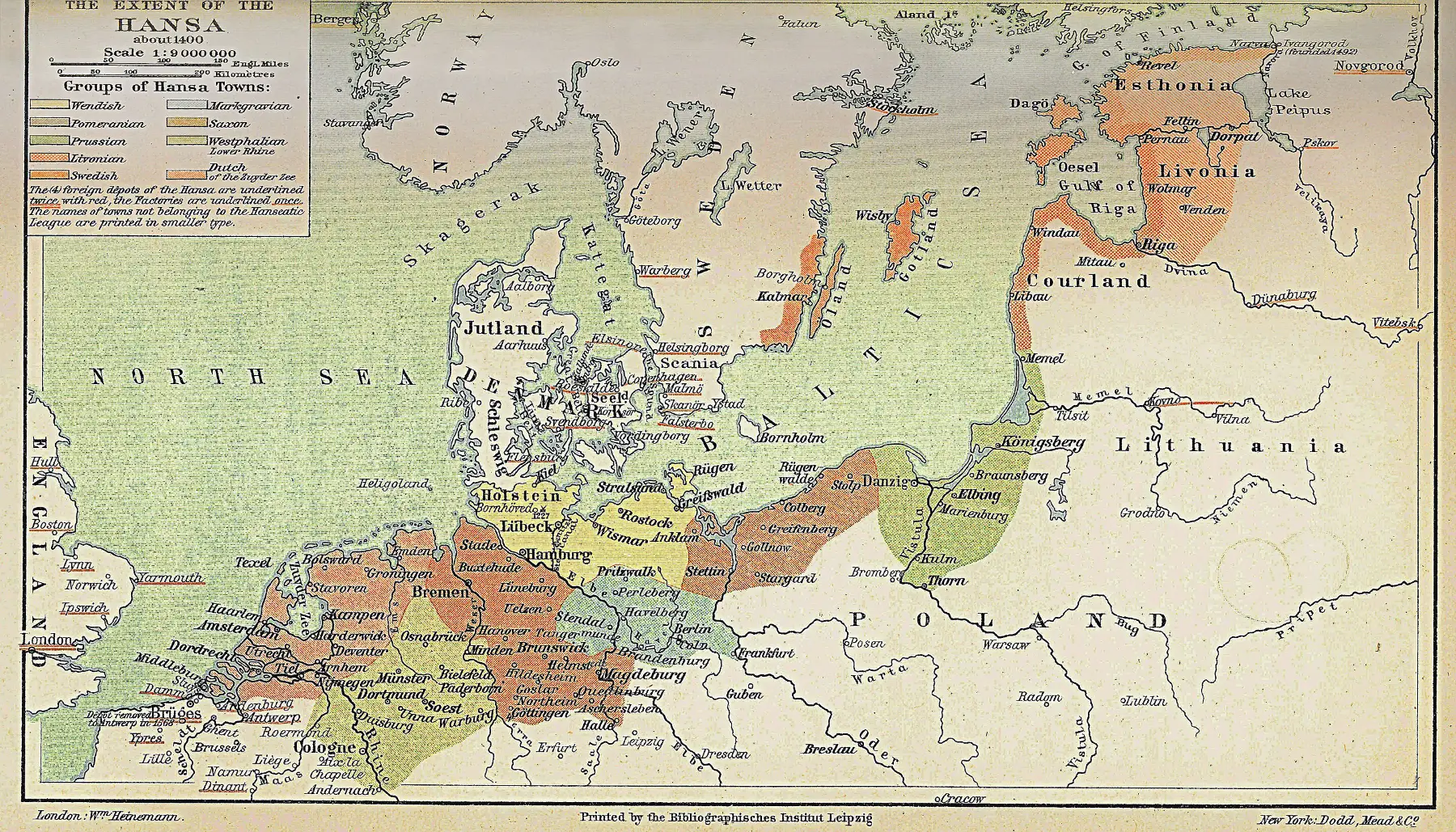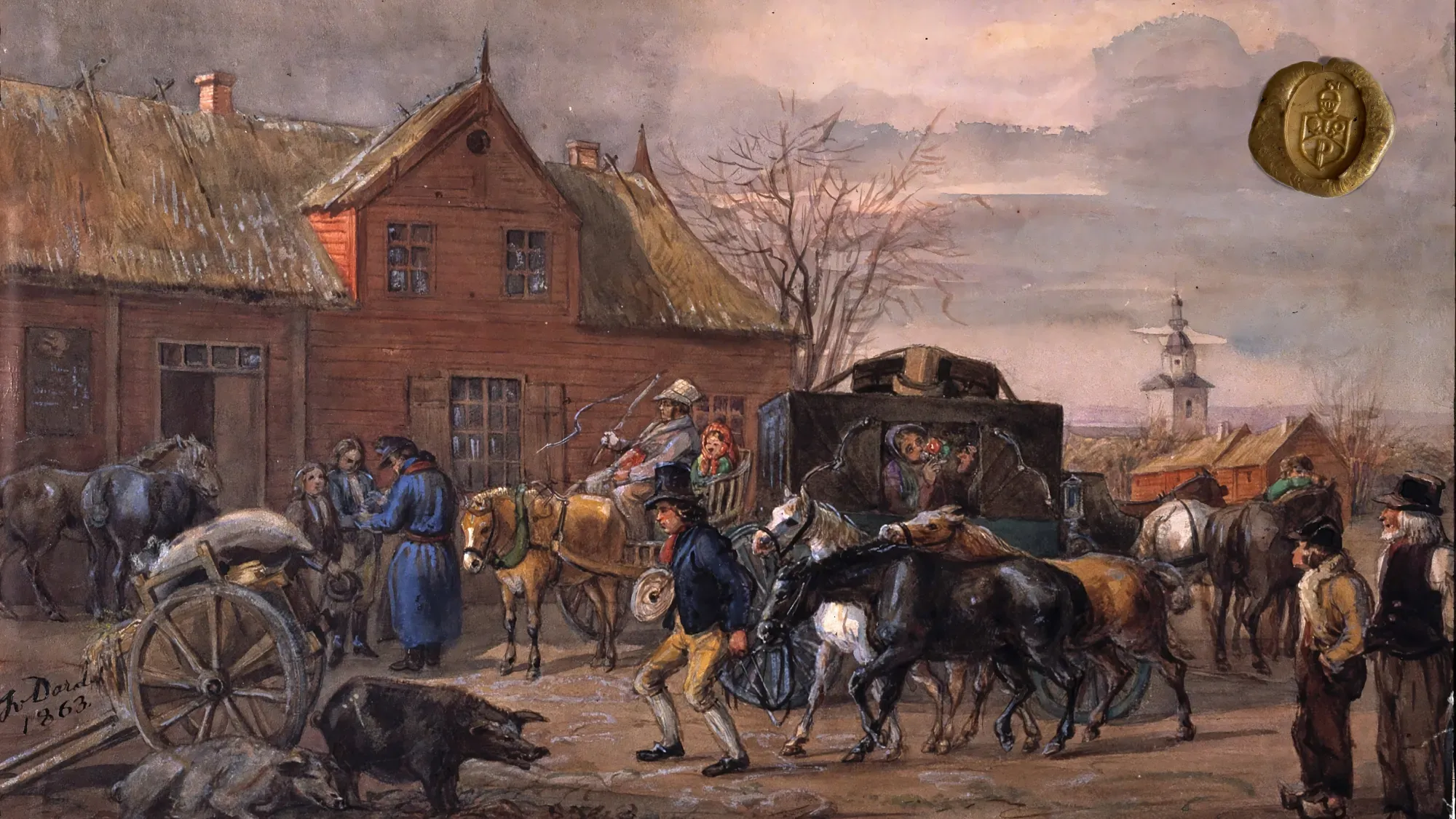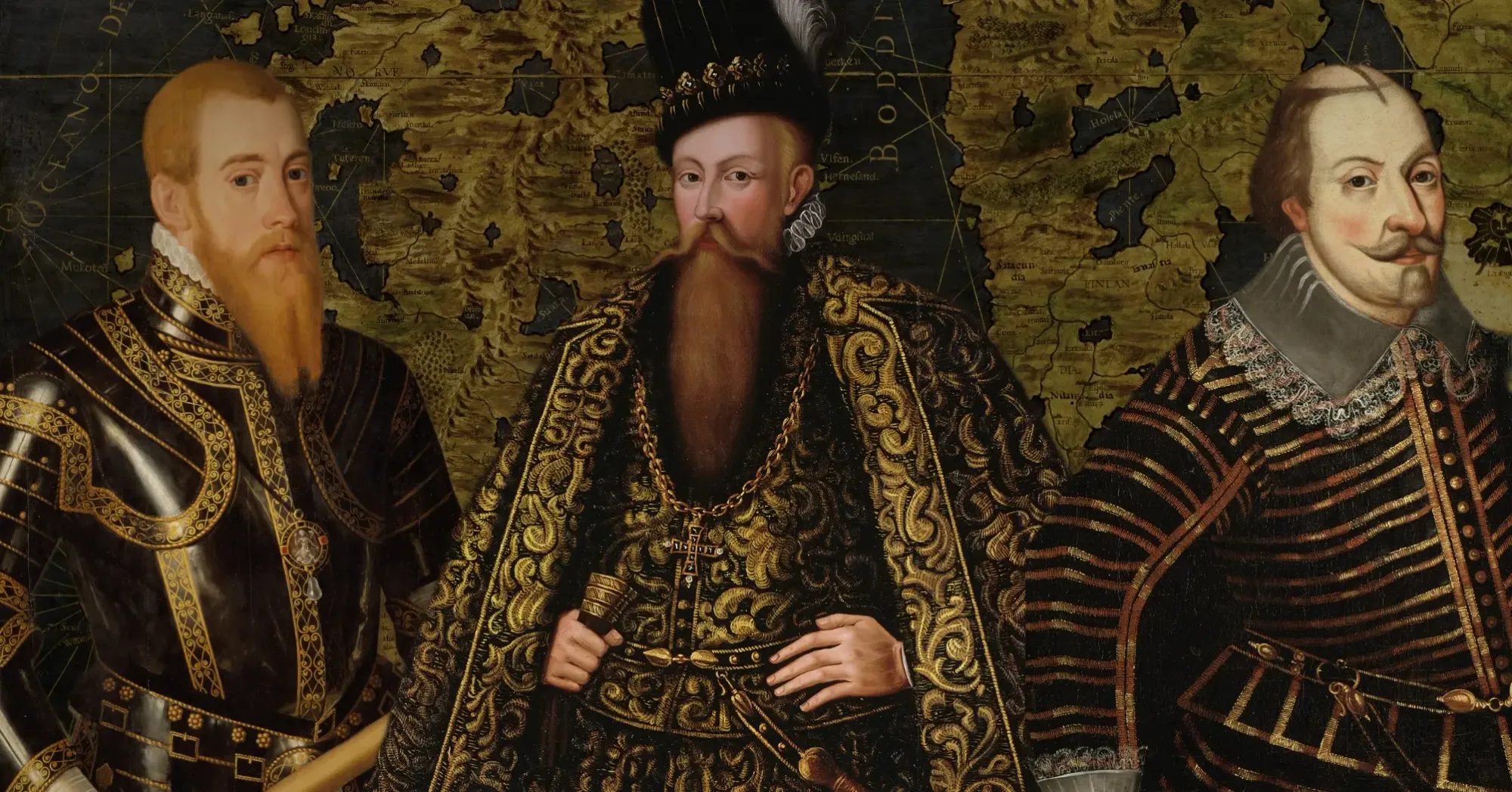The sea was a site for trade, transport and warfare between countries and kingdoms, and its control was thus significant in the shifting dynamics of the region. Merchants and mercenaries formed guilds to better serve their purposes, aligning themselves upon occasion with various allies for mutual benefits.
At the height of its power, the Hanseatic League controlled trade in the North and Baltic seas, and comprised a network of more than 200 towns extending from the United Kingdom to Russia.
Hanseatic League
The Hanseatic League (Hansa = crowd or band) originated in northern Germany in the 12th century, borne out of a desire between various towns to improve maritime trade and commerce, and also guard their vessels from pirates. It grew into an arrangement of mutually beneficial trade route privileges, shared economic interests, and even political connections. Favoured vessels included cogs in mediaeval times, and later, hulks and carvels; the language of communication was primarily German.[[1]]





